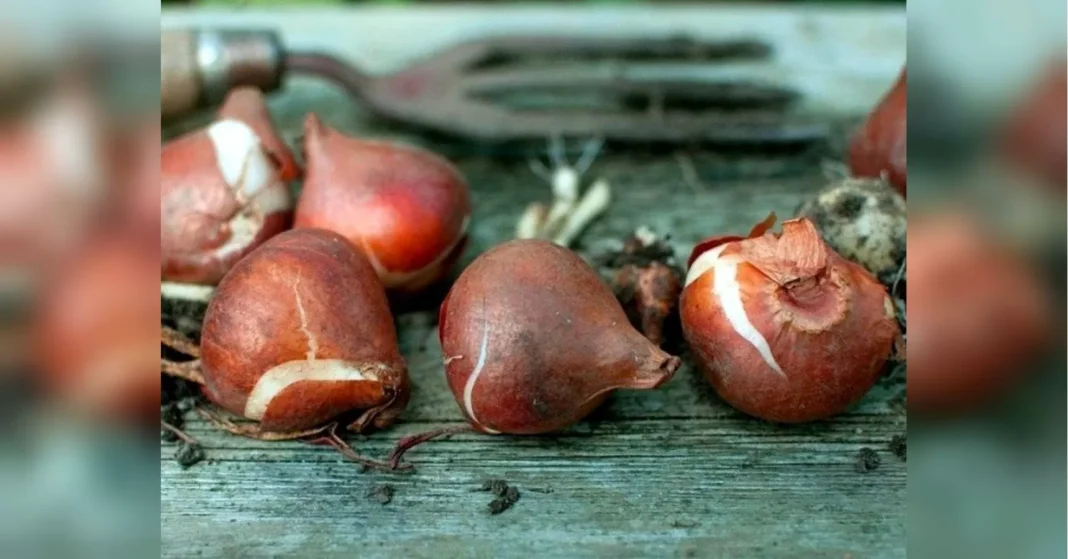This article will explore the importance of a cold period for certain plants, and why they need it in order to thrive and bloom. While some may think that all plants require warmth and sunlight to grow, there are actually many varieties that need a period of cold weather in order to reach their full potential.
These plants are known as «cold-loving» or «winter-hardy» plants, and they have developed unique adaptations to survive and even thrive in colder temperatures. This ability to withstand cold weather sets them apart from other plants, making them a valuable addition to any garden or landscape.
One of the main reasons why some plants require a cold period is because it triggers their blooming process. These plants, known as «vernal» or «spring-blooming» plants, need a period of cold weather in order to produce flowers in the spring. This is because the cold temperatures help to break down certain hormones in the plant, which then allows them to produce more hormones that will stimulate flowering.
Examples of vernal plants include tulips, daffodils, and hyacinths. These plants are often associated with the arrival of spring and are a welcome burst of color after a long, cold winter. Without a period of cold weather, these plants may still grow and survive, but they will not produce flowers. This is why it is important to provide these plants with the necessary cold period in order to enjoy their beautiful blooms.
In addition to triggering blooming, a cold period also helps to regulate the growth and development of certain plants. Many trees, such as fruit trees and certain types of conifers, need a period of cold weather in order to develop strong root systems and hardy trunks. This is because the cold weather causes the trees to go into a dormant state, redirecting energy from above-ground growth to root growth.
This is especially important for fruit trees, as a strong root system is necessary for them to produce a good crop. Without this cold period, the trees may produce weak fruits and be more susceptible to disease and damage. By providing these trees with the necessary cold period, we are helping them to thrive and produce high-quality fruits that we can enjoy.
Another benefit of a cold period for plants is that it helps to control pests and diseases. Many insects and fungi thrive in warm, humid conditions, which is why they are most active during the summer months. However, a cold period can help to reduce the population of these pests and diseases, as they are not able to survive in colder temperatures.
For example, certain types of fruit trees, such as apples and cherries, require a certain number of «chill hours» in order to prevent pests and diseases from taking over. Chill hours refer to the number of hours that the temperature is below 45°F (7°C) during the winter months. These chill hours help to keep the pest population in check, ensuring that the trees can produce a healthy crop.
Overall, it is clear that a cold period is essential for certain plants to grow and thrive. Without it, these plants would not be able to bloom, develop strong roots, or be protected from pests and diseases. So how can we ensure that these plants get the necessary cold period they need?
One way is to choose plants that are well-suited to your climate. If you live in an area with long, harsh winters, it is best to select plants that are adapted to these conditions. On the other hand, if you live in a milder climate, you can choose plants that require less cold weather to thrive.
Another way to provide a cold period for your plants is to mimic natural conditions. For example, you can artificially simulate a cold period by placing bulbs in the refrigerator for a certain period of time before planting them. This will help to trigger their blooming process and ensure that they produce flowers in the spring.
In conclusion, a cold period is essential for certain plants to reach their full potential. It triggers blooming, regulates growth, and helps to control pests and diseases. By understanding the importance of a cold period and providing it for our plants, we can enjoy a beautiful and healthy garden all year round. So next time you see a bed of blooming tulips or a thriving fruit tree, remember the cold period that they needed in order to reach such beauty and vitality.

